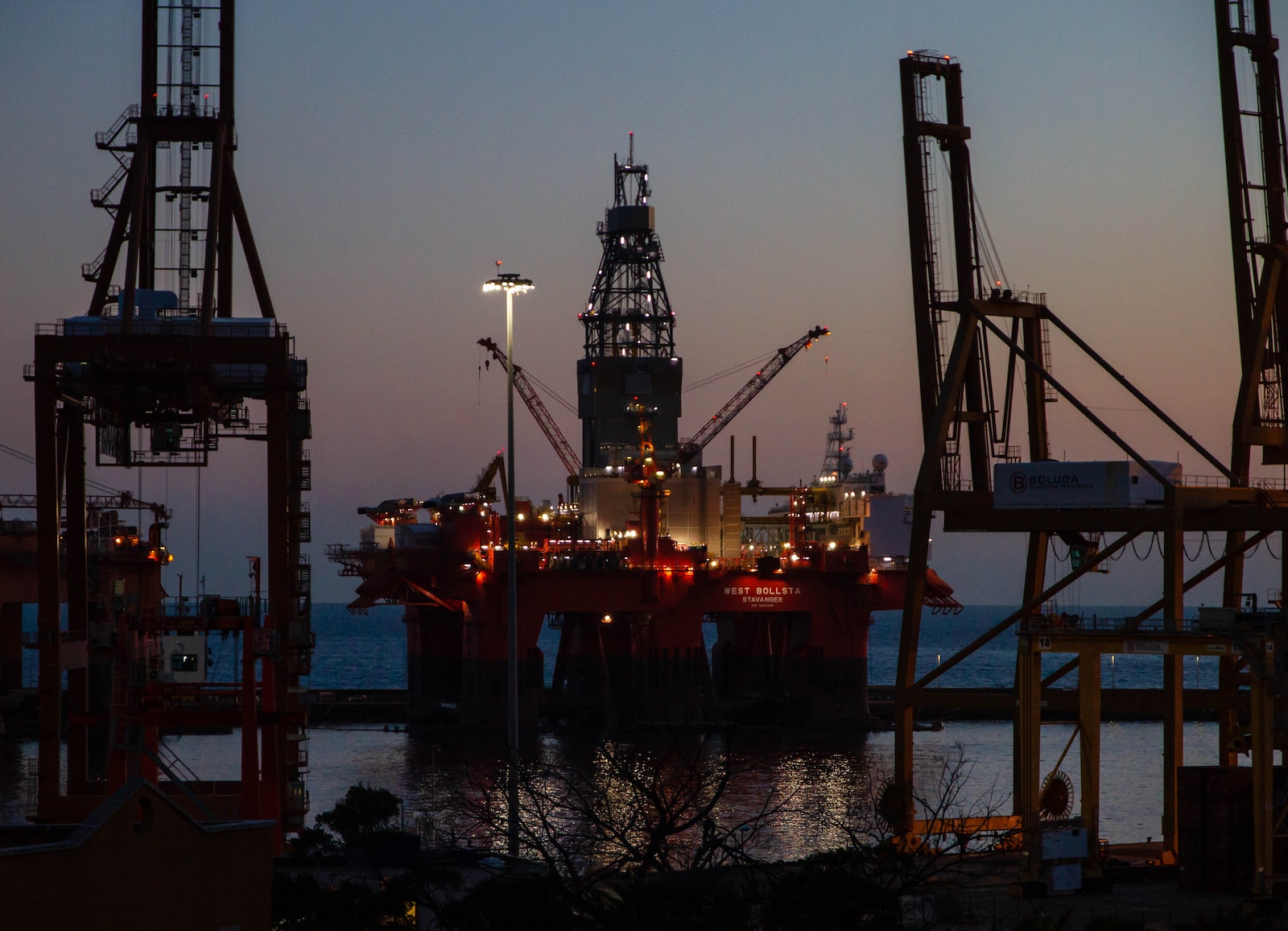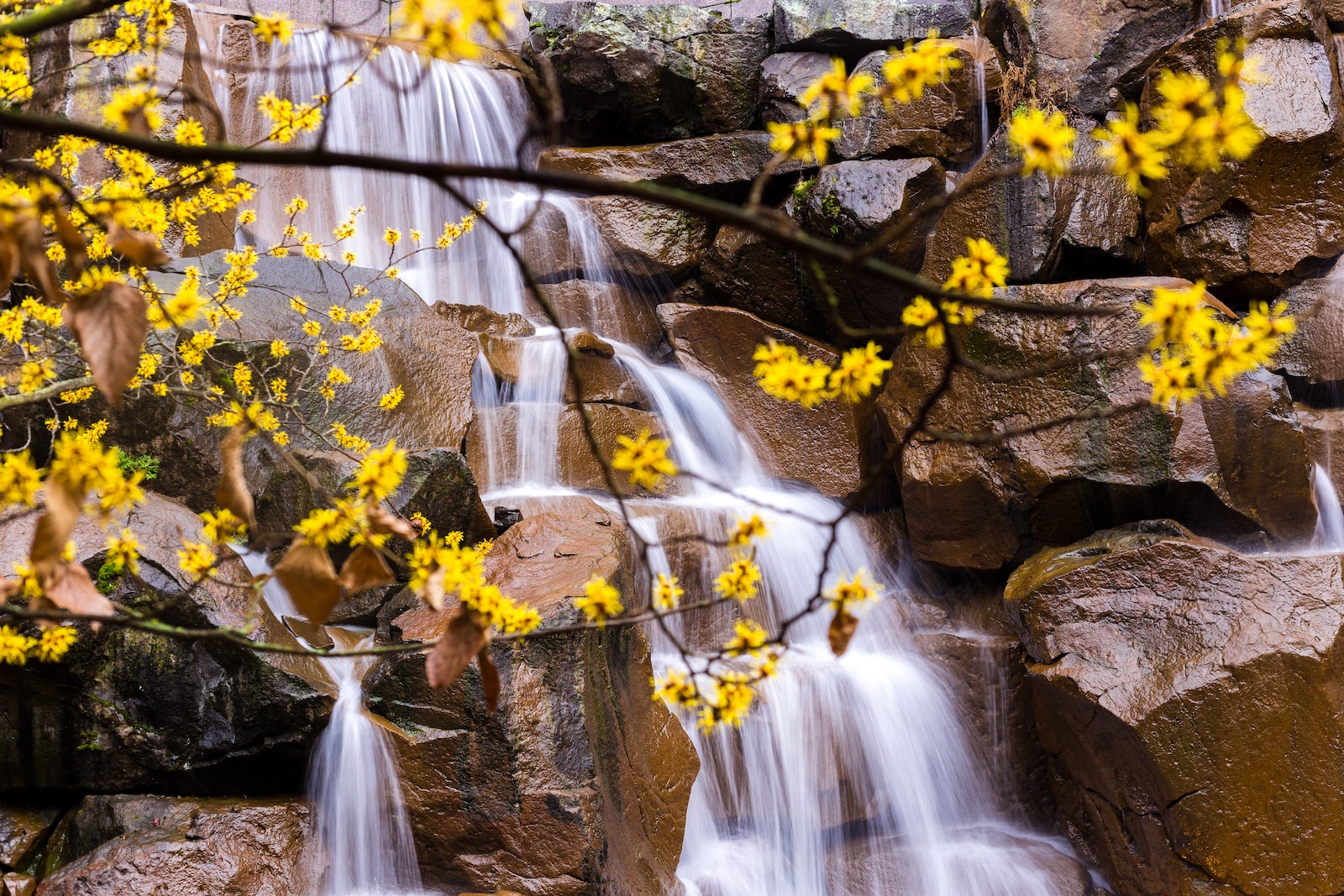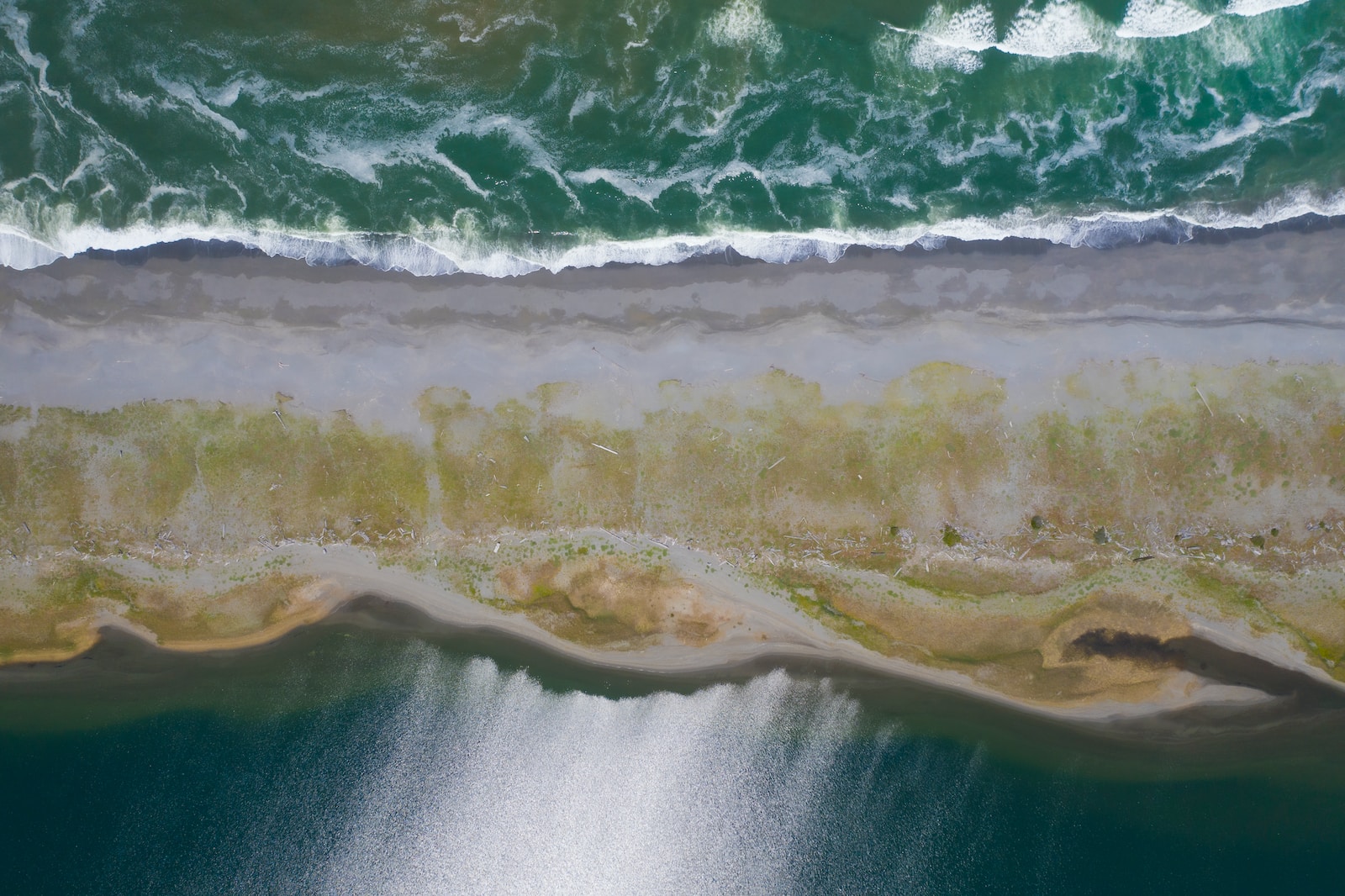Incessant Echoes of Industry
The tale of human progress is, in essence, the dance of drills. To the untrained eye, this may seem a grandiloquent comparison, but upon contemplation one realizes it’s a fitting metaphor. Our world, for better or worse (and I would vehemently argue for worse), has been shaped and contorted by the rhythm of these rotating behemoths–their relentless spinning a testament to human thirst for energy.
The drill’s dance has not been contained within our terrestrial frontiers alone. No!
It has gone on to pirouette its way across our blue expanses as well. This audacious encroachment into aquatic territories is emblematic of mankind’s insatiable desire to explore and exploit with reckless abandon.
Onshore vs Offshore Drilling: A Cacophonous Duet
When considering onshore and offshore drilling, one must realize that they are not disparate entities but rather two accompaniments in a cacophonous duet – each with its own distinct cadence yet equally responsible for driving our energy-dependent society forward. Onshore drilling, the elder in this duet and typically less glamorous act has nonetheless carved out no small niche in our global economy’s concert hall. Its counterpart, offshore drilling – sleeker and sophisticated (with an equally inflated price tag), commands attention as it gambols on water bodies around the globe seeking out hydrocarbon reserves buried beneath sea beds.
A Journey Through Time: Unearthing Our Past
Tracing back our lineage through time we encounter ancient civilizations that first conceived rudimentary techniques to extract valuable substances from beneath Earth’s crust – salt extraction by Neolithic tribes is one such example. From then until now, drilling technologies have evolved dramatically mirroring mankind’s growth from primitive societies to today’s technologically driven world order.
The advent of rotary drilling marked an epochal shift in this historical journey allowing us to penetrate deeper into earth’s crust with greater precision than ever before. Yet even as earth yielded her hidden treasures more readily now, we were left grappling with devastating environmental consequences – consequences that persist hitherto…
An Uneasy Voyage: From Land to Sea
Around mid-20th century onwards there was a seismic shift in drilling technologies when we decided that remaining landlocked wasn’t enough; we yearned for deeper waters (quite literally). And so began mankind’s expedition into offshore drilling ventures – a journey fraught with risks yet driven by potential rewards. In my opinion however this move was analogous to opening Pandora’s box; while these deep-sea endeavours bloated coffers worldwide due to substantial oil reserves discovered under ocean floors they also wreaked havoc on marine ecosystems disrupting delicate ecological balances so much so that they teeter precariously on brink now threatened by every new exploratory venture undertaken at sea…
Onshore Drilling – The Land Lubber’s Guide
Unearthing the Basics: What is Onshore Drilling?
Onshore drilling, as you may have smartly surmised, is the despotic act of puncturing our beloved Mother Earth’s crust from terra firma for oil and gas extraction. We take her generous bounty, often without acknowledging the cost. It’s an age-old practice that began with Edwin Drake in 1859 – a man with more curiosity than sense, if you ask me.
This method of extraction has become alarmingly prevalent in today’s energy-hungry world. Yet, despite its ubiquity, it remains a contentious topic among environmentalists and economists alike.
Digging Deeper: Techniques and Technologies in Onshore Drilling
Rotary drilling
In our incessant quest for fuel, we’ve developed increasingly complex methods to desecrate our land. Rotary drilling is but one culprit.
Using a rotating drill bit to dig into the earth like an overgrown woodpecker pecking at a tree trunk could be seen as resourceful or ludicrously invasive depending on your perspective. Then there are those pesky mud motors that save energy by focusing on targeted areas while reducing friction – all very impressive I’m sure – but where does this leave us when some sudden disaster occurs?
Cable tool drilling
Cable tool drilling is another primitive yet efficient method of disrupting nature’s peace. Its less invasive approach uses rhythmic percussion instead of persistent rotation to delve into Mother Earth’s skin – akin to being repeatedly poked rather than being drilled into relentlessly. But let’s not kid ourselves; it’s still about puncturing holes into our planet for profit with little thought given to long-term repercussions.
Pros and Cons: Weighing the Balance on Land
Environmental impact
Let us not beat around the bush here; onshore drilling has caused much devastation in its wake – from deforestation to soil erosion and contamination of water resources – all in the name of economic progress! So when you fill up your car next time, ponder upon what price we are truly paying at those pumps! Even when compared with offshore explorations, onshore activities tend to scar landscapes irreversibly while also having pernicious effects on local flora and fauna.
Economic considerations
Economically speaking though (if that your bag), there is no denying that onshore drills come cheaper than their offshore counterparts both in terms of operational costs and potential yield per wellhead. But again I ask at what cost?
When do we finally say “Enough!”? When do we re-evaluate our relentless pursuit for fossil fuels against preserving ecological harmony?
Case Study: Texas Tea – An American Oil Story
Consider Texas my friends! The “Lone Star” state synonymous with cowboys was once teeming with wild-frontier beauty.
Yet now it stands as a testament to man-made manipulation—largely due to its transformation since Spindletop gushed forth black gold in 1901! It’s been well over a century since then—a century marked by booming economy but equally unprecedented environmental degradation!
Cases like these force us to question—is this progress worth diminishing natural splendor? Is trading wilderness for wealth truly equitable?
Offshore Drilling – Navigating the Deep Blue Sea
Diving In: What is Offshore Drilling? – The Leviathan’s Blood Pump
Offshore drilling, my dear readers, is an act that I’d dare to liken to bloodletting of Mother Earth’s marine veins. It’s a reckless dance with nature as we trod over her most pristine and mysterious terrains in search of liquid gold. It’s a method that involves extracting petroleum from rock formations beneath the ocean floor, often employing techniques that appear more suited for science fiction than reality. While on one hand it unlocks access to vast hydrocarbon reserves, on the other hand it reads like an insidious plot out of a dystopian novel. Its ill effects range from disturbing delicate aquatic ecosystems to posing risks of catastrophic oil spills. But society turns a blind eye to these caveats because we’re blinded by our insatiable greed for energy.
Riding the Waves of Innovation: Techniques and Technologies in Offshore Drilling – Prometheus Bound and Unbound
The technologies utilized in offshore drilling are monumental achievements of human innovation but equally potent tools for environmental disaster. Sea-floor drilling, for instance, requires high-tech machinery designed to withstand extreme pressure and corrosion under unforgiving marine conditions.
The infamous Deepwater Horizon illustrates just how risky these ventures can be. A marvel of engineering turned harbinger of doom overnight due to negligence and hubris; its catastrophic failure causing one of the largest marine oil spills in history.
The Double-edged Sword: Advantages and Disadvantages of Offshore Drilling – Pandora’s Oil Rig
Surely offshore drilling has its upsides. It fuels economies, creates jobs and satiates our never-ending energy appetite. But let us ponder upon its environmental implications which have been brushed aside all too casually by proponents.
Oceanic ecosystems already besieged by pollution, global warming and acidification are forced to bear the brunt yet again as habitats are disrupted or destroyed altogether during exploratory phases alone! Moreover, oil spills pose catastrophic threats with long-lasting repercussions as seen in Exxon Valdez or Deepwater Horizon incidents.
Case Study: Gulf Of Mexico – A Tale Of Triumphs And Tragedies – The Odyssey In Our Backyard
We can’t discuss offshore drilling without mentioning where it all began – Gulf Of Mexico. Beneath this body lies vast reserves exploited since late 19th century turning nearby states into economic powerhouses while also leaving behind a track record marred with accidents. The Macondo Prospect mishap stands testament showcasing how even technological advancements fail to prevent calamities when profit margins triumph over safety measures leading towards irrevocable damage not just regionally but globally affecting marine life across multiple continents further stressing our already strained relationship with Mother Nature.”
The Rocky Road: Geological Challenges in Onshore Drilling
When one contemplates the sheer audacity of drilling into the earth, it’s easy to see why onshore drilling presents a panoply of geological challenges. The earth underneath our feet is not a monolithic mass, but rather a complex orchestration of rock layers, water tables and myriad subterranean anomalies. Imagine trying to penetrate this geological labyrinth with a drill bit, all in the pursuit of natural resources.
Furthermore, every region carries its own specific set of quandaries. For instance, in regions with soft, porous rocks such as sandstone or limestone, keeping the borehole open can be an exercise in Sisyphean frustration!
Then there are regions with hard igneous rocks like granite or basalt where merely making headway can be a Herculean task. And let’s not even get started on surprise encounters with fault lines and seismic activity which can turn operations into an unmitigated disaster!
Beneath the Waves: Geological Challenges in Offshore Drilling
If you thought onshore drilling was complicated, strap yourself in for an Odyssey into offshore drilling! Let’s start our descent and take a peek beneath those azure waves where drill bits venture into territories unknown.
Operating amidst saltwater corrosion and potential hurricane damage is already enough to fray one’s nerves; couple that with the torment of navigating beneath miles-deep seawater only to confront an undersea landscape as varied and unpredictable as its terrestrial counterpart. The seafloor isn’t just sludge and sand; we’re talking about submerged mountains ranges, hidden valleys and deep trenches that make terrestrial topology look simplistic by comparison!
Seafloor instability is another grave concern; imagine trying to maintain stability while wrestling with layers of loose sediment or having to navigate around geological faults that could trigger undersea earthquakes or tsunamis. Is it any wonder then that offshore drilling is often seen as mankind’s audacious defiance against nature’s tempestuous tantrums?
On Solid Ground: The Ravages of Rolling in the Dirt
Get your thinking caps on because it’s time to delve into the environmental consequences of onshore drilling. It’s a destructive, invasive procedure that has no qualms about bulldozing Mother Nature to tap into her precious lifeblood.
The land is scarred with drills and wells while the air gets choked with dust and emissions. Yes, we get cheap fuel and hip, hop, hooray for economic growth!
Yet let’s not forget that we’re leaving a legacy of contaminated soil and water for future generations. Paradoxically, this devastating dance with destruction continues despite our knowledge of renewable energy sources.
Sunlight? Wind?
Geothermal? Apparently not tantalizing enough when there are still reservoirs of oil nestled under our feet like ticking time bombs of ecological annihilation.
In Deep Waters: Dancing with Catastrophe Beneath the Waves
Then we have those brilliant minds who thought it would be an excellent idea to take this devastation to sea! Offshore drilling is akin to playing Russian roulette with ocean life. Let me paint you a picture here – oil spills suffocating marine life and damaging ecosystems beyond repair; seismic explorations terrorizing aquatic creatures; waste disposal contaminating our beautiful blue oceans.
And don’t get me started on Deepwater Horizon – a cataclysmic catastrophe that should never have happened but did because ‘proceed with caution’ apparently isn’t part of Big Oil’s vocabulary! They’d rather capsize the ship than steer away from potential profit – even if it means plunging us all into an abyss.
Conclusion: The Dawn After Desolation?
Yes, my words are harsh but sometimes you need a slap in the face to wake up from your slumber! We cannot afford to ignore the environmental impact nor can we remain chained by our fossil fuel addiction forever.
But let’s end this rant on an optimistic note – if every cloud has a silver lining then perhaps these dark clouds hanging over us will force humanity towards cleaner energy solutions. Because at our core, I truly believe humans aren’t just destructors but innovators too – capable of steering this ship around before we hit iceberg.
 Skip to main content
Skip to main content


